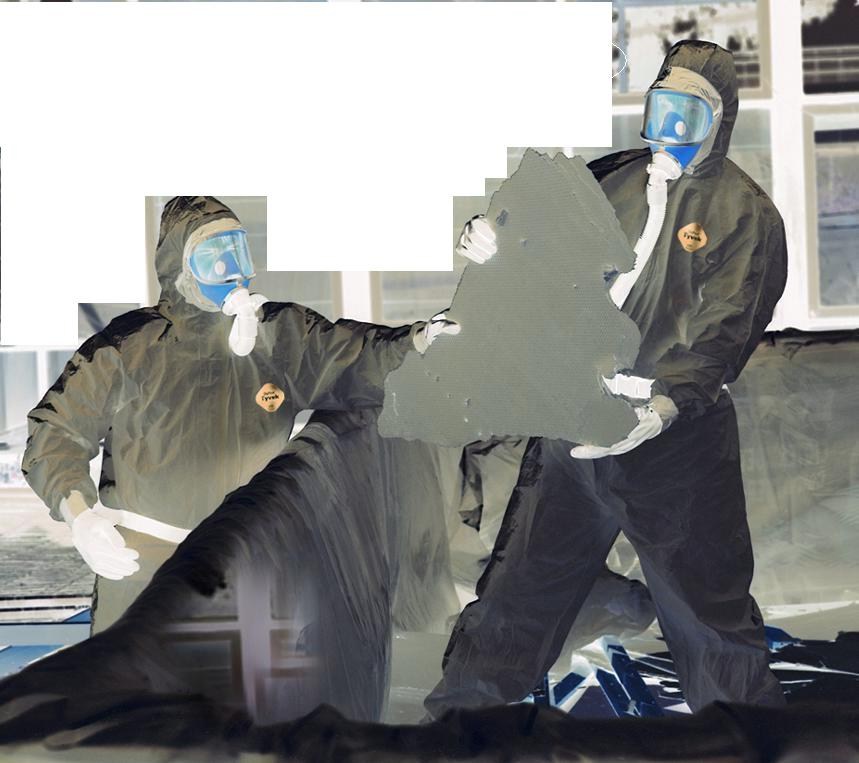
Atlanta ProSource Services Inc
About us
Concern about indoor exposure to mold has been increasing as the public becomes aware that exposure to mold can cause a variety of health effects and symptoms, including allergic reactions. This document presents guidelines for the remediation/cleanup of mold and moisture problems in facilities at NC State University including measures designed to protect the health of building occupants and remediators. Mold can be found almost anywhere; it can grow on virtually any organic substance, as long as moisture and oxygen are present. There is mold that can grow on wood, paper, carpet, foods, and insulation. When excessive moisture accumulates in buildings or on building materials, mold growth will often occur, particularly if the moisture problem remains undiscovered or unaddressed. It is impossible to eliminate all mold and mold spores in the indoor environment. However, mold growth can be controlled indoors by controlling moisture indoors. Since mold requires water to grow, it is important to prevent moisture problems in buildings. Moisture problems can have many causes, including uncontrolled humidity. Some moisture problems in buildings have been linked to changes in building construction practices during the 1970s, 80s, and 90s. Some of these changes have resulted in buildings that are tightly sealed, but may lack adequate ventilation, potentially leading to moisture buildup. Building materials, such as drywall, may not allow moisture to escape easily. Moisture problems may include roof leaks, landscaping or gutters that direct water into or under the building, and unvented combustion appliances. Delayed maintenance or insufficient maintenance are also associated with moisture problems in schools and large buildings. Moisture problems in portable classrooms and other temporary structures have frequently been associated with mold problems. Prevention Fix leaky plumbing and leaks in the building envelope as soon as possible. Watch for condensation and wet spots. Fix source(s) of moisture problem(s) as soon as possible. Prevent moisture due to condensation by increasing surface temperature or reducing the moisture level in air (humidity). To increase surface temperature, insulate or increase air circulation. To reduce the moisture level in air, repair leaks, increase ventilation (if outside air is cold and dry), or dehumidify (if outdoor air is warm and humid). Keep heating, ventilation, and air conditioning (HVAC) drip pans clean, flowing properly, and unobstructed. Vent moisture-generating appliances, such as dryers, to the outside where possible. Maintain low indoor humidity, below 60% relative humidity (RH), ideally 30-50%, if possible. Perform regular building/HVAC inspections and maintenance as scheduled. Clean and dry wet or damp spots within 48 hours. Don't let foundations stay wet. Provide drainage and slope the ground away from the foundation. Hidden Mold In some cases, indoor mold growth may not be obvious. It is possible that mold may be growing on hidden surfaces, such as the backside of dry wall, wallpaper, or paneling, the top of ceiling tiles, the underside of carpets and pads, etc. Possible locations of hidden mold can include pipe chases and utility tunnels (with leaking or condensing pipes), walls behind furniture (where condensation forms), condensate drain pans inside air handling units, porous thermal or acoustic liners inside ductwork, or roof materials above ceiling tiles (due to roof leaks or insufficient insulation). Some building materials, such as dry wall with vinyl wallpaper over it or wood paneling, may act as vapor barriers, trapping moisture underneath their surfaces and thereby providing a moist environment where mold can grow. You may suspect hidden mold if a building smells moldy, but you cannot see the source, or if you know there has been water damage and building occupants are reporting health problems. Investigating hidden mold problems...
Business highlights
Services we offer
Comprehension of causation, Identification, Whats Up Atlanta! We provide a series of services to the Atlanta community which entail Mold Inspection, and Protocols and Procedures for Removal. Protocols and Procedures versus COST? Our Protocols and Procedures are very strict and explained in thorough detail upon our first visit to your property. Our costs are not always the most inexpensive, however, we are more prone to decrease our costs rather than our protocol. Health is our #1 concern.
Amenities
Emergency Services
Yes
Accepted Payment Methods
- CreditCard
| Number of Stars | Image of Distribution | Number of Ratings |
|---|---|---|
| 100% | ||
| 0% | ||
| 0% | ||
| 0% | ||
| 0% |
Licensing
State Contractor License Requirements
All statements concerning insurance, licenses, and bonds are informational only, and are self-reported. Since insurance, licenses and bonds can expire and can be cancelled, homeowners should always check such information for themselves. To find more licensing information for your state, visit our Find Licensing Requirements page.
*Contact business to see additional licenses.